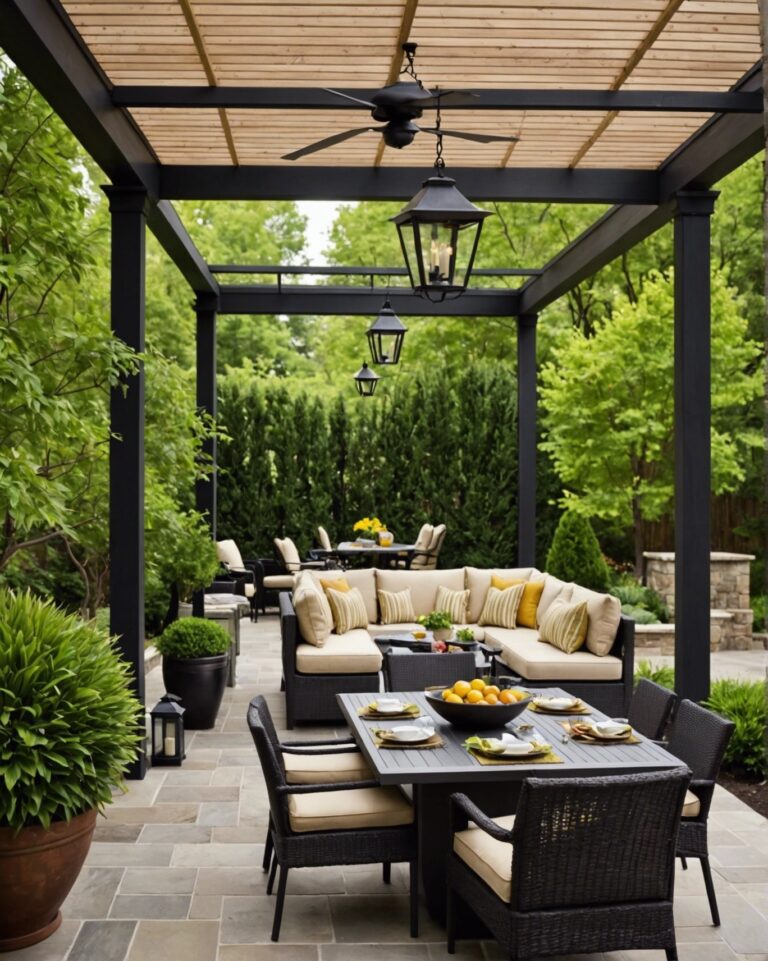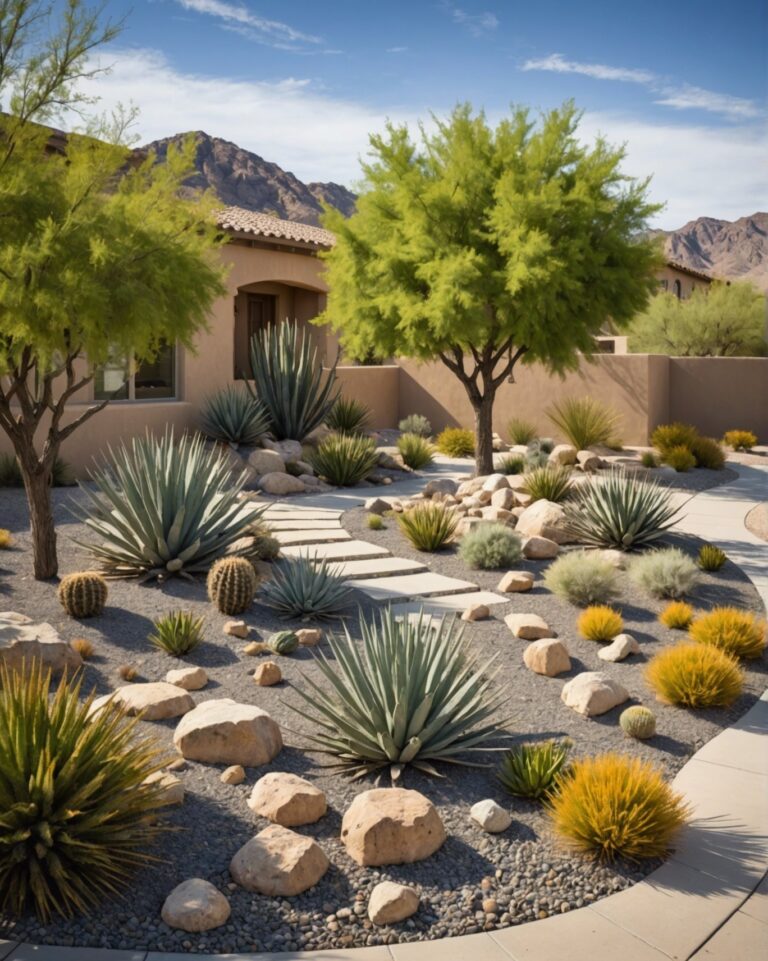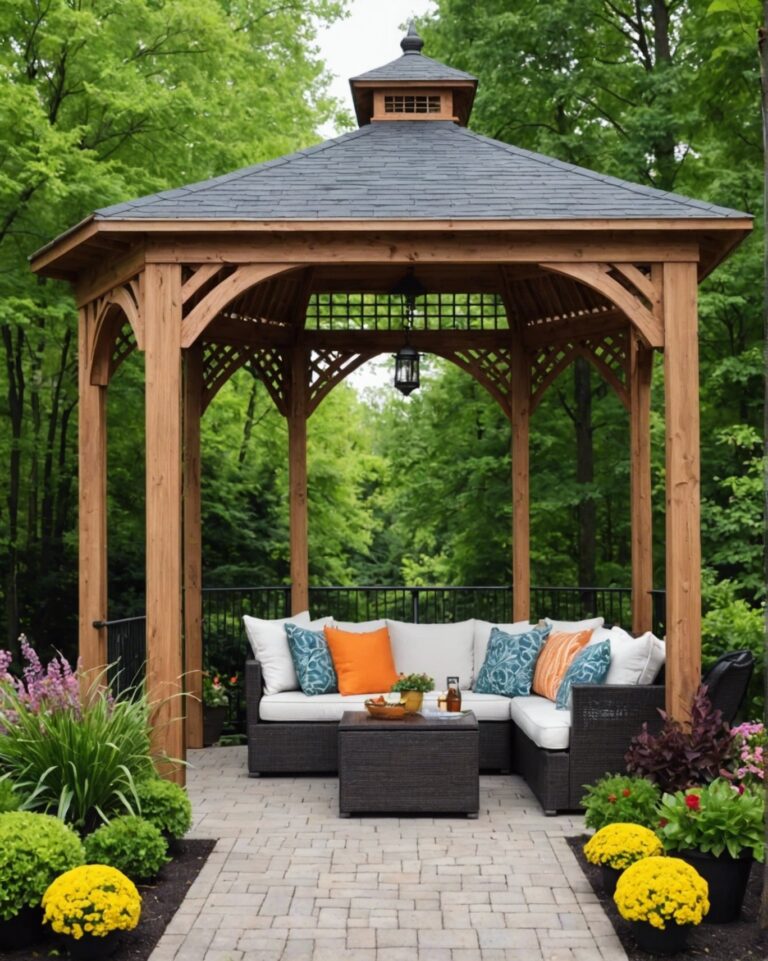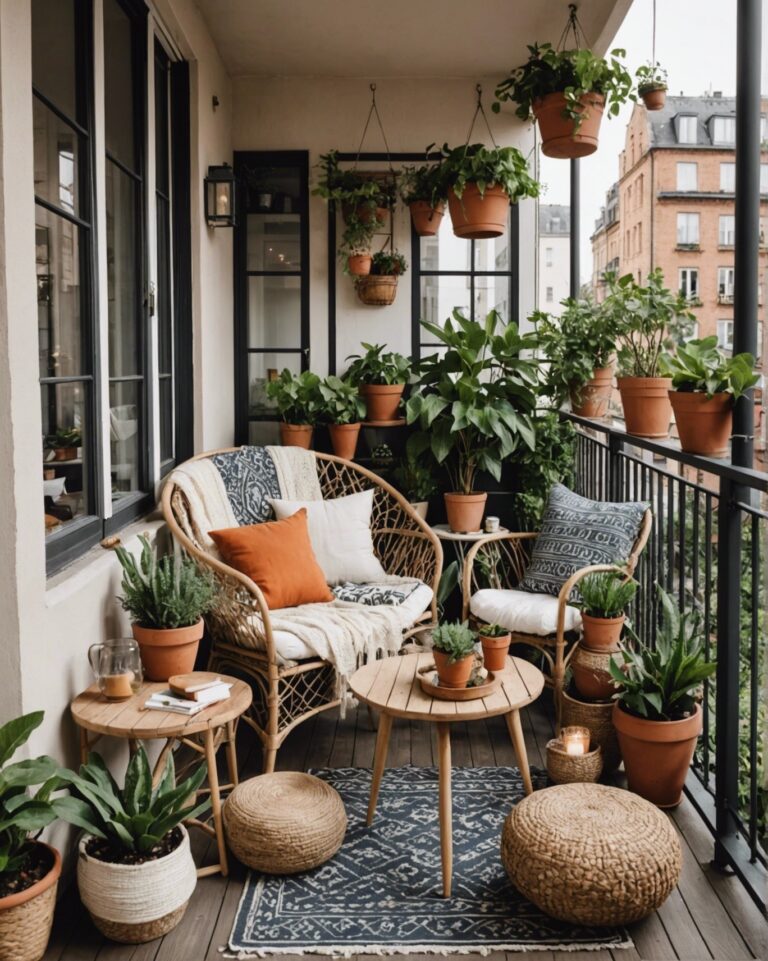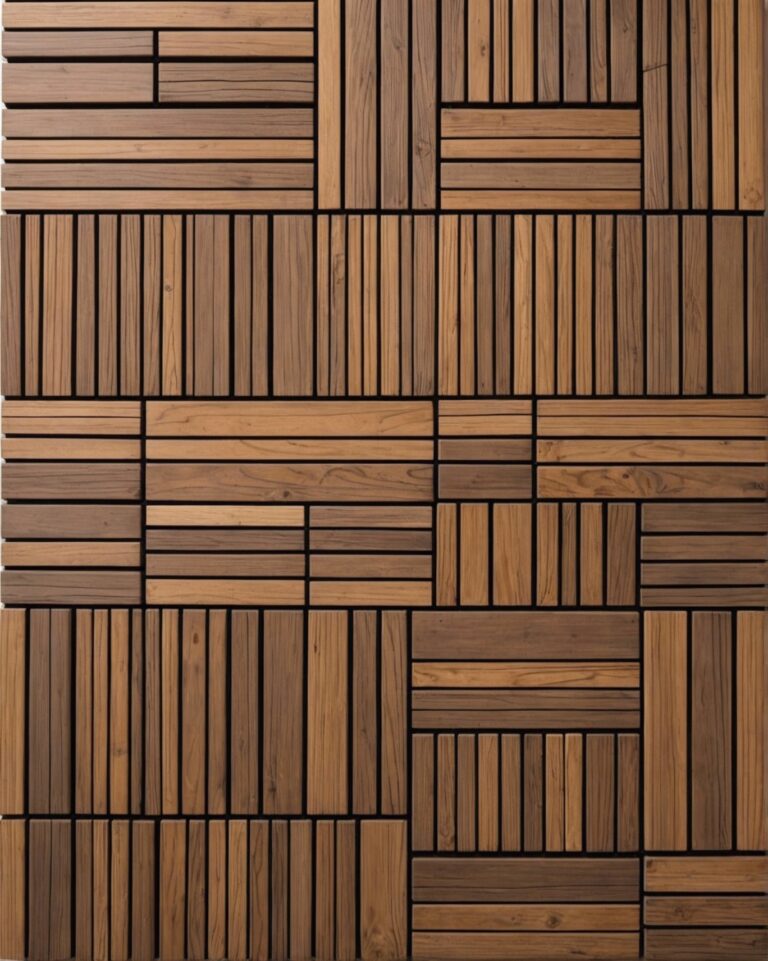20 Home Dry Garden Ideas To Conserve Water
Transform your outdoor space into a stunning water-conserving oasis with these 20 dry garden ideas! From succulent-filled beds and drought-tolerant plants to gravel pathways and xeriscaping principles, get ready to create a beautiful, low-maintenance retreat that’s gentle on the environment and your water bill.
Succulent Garden Beds
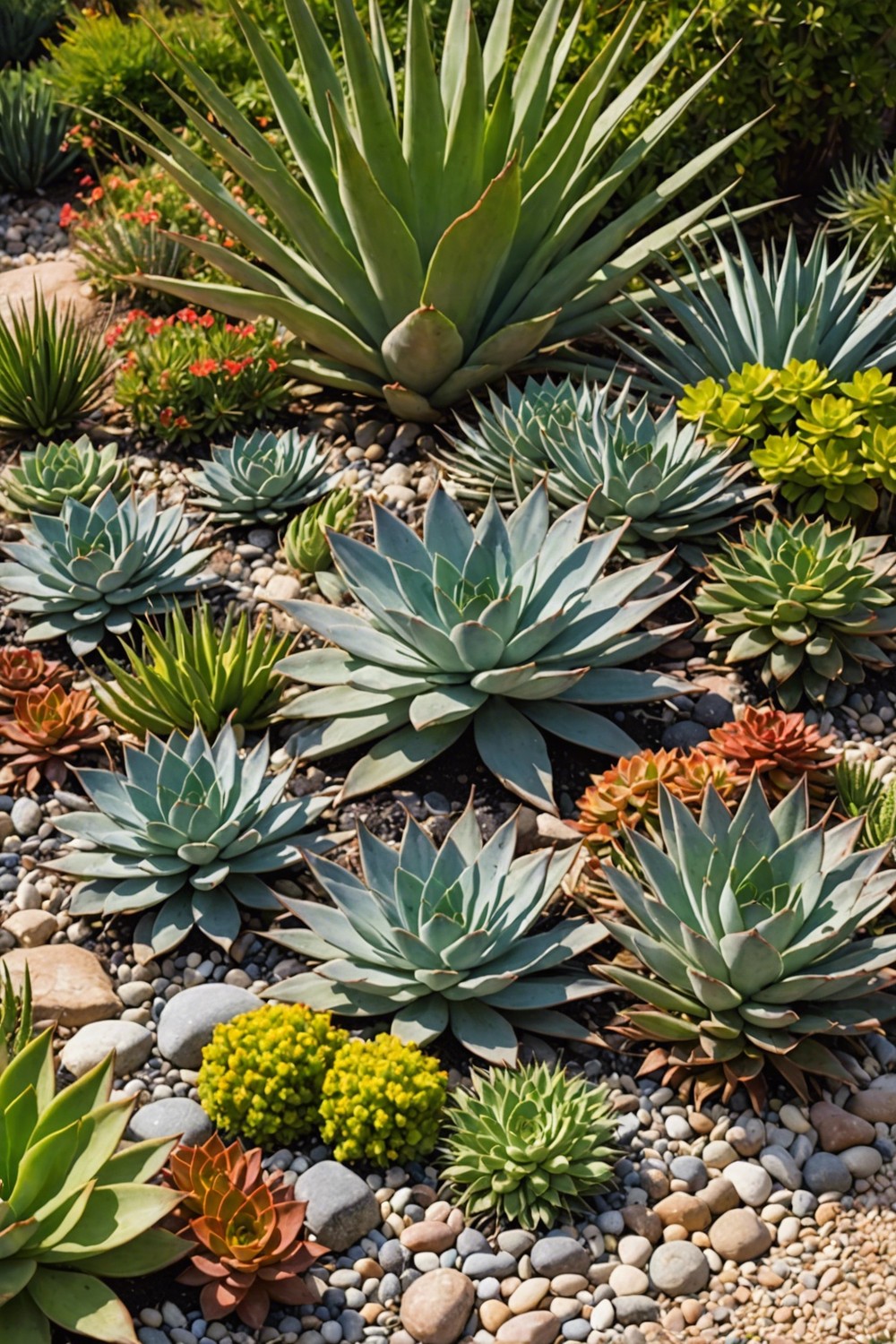
Succulent garden beds are a great way to conserve water while still having a beautiful and thriving garden. These types of gardens focus on drought-tolerant plants, like succulents and cacti, which store water in their leaves, stems, or roots, allowing them to survive with minimal watering.
This means you can enjoy a vibrant and diverse garden without worrying about excessive water consumption.
Drought-Tolerant Plants
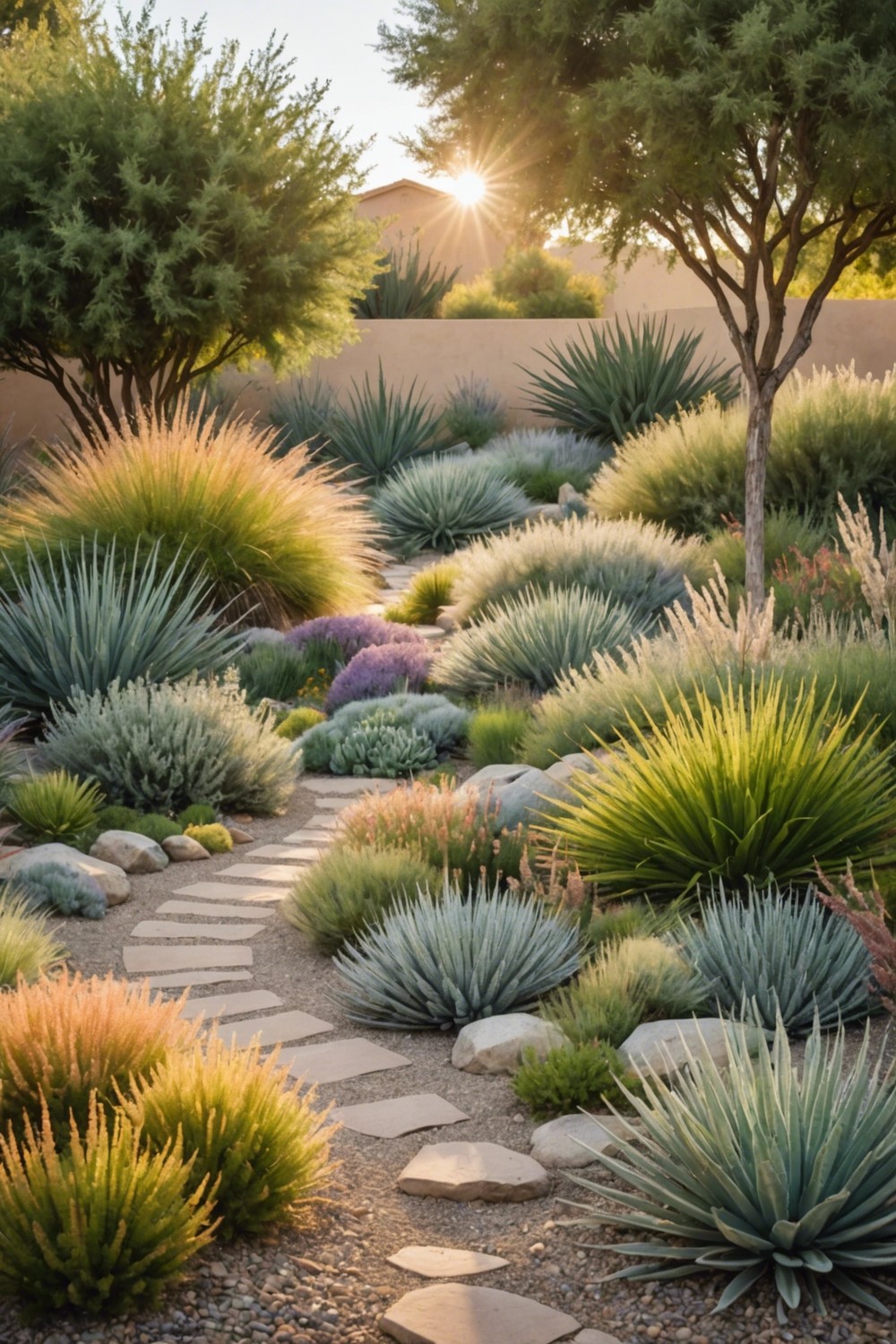
Drought-tolerant plants are the cornerstone of a dry garden.
They’re the unsung heroes that thrive in harsh conditions, requiring minimal watering and care.
Succulents like aloe, agave, and echeveria are popular choices, storing water in their leaves to sustain them during dry spells.
Other drought-tolerant plants include ornamental grasses, yarrow, and Russian sage, which have adapted to survive in arid environments.
By incorporating these plants into your garden, you’ll reduce your water consumption and create a beautiful, low-maintenance outdoor space.
Mulch and Rock Gardens
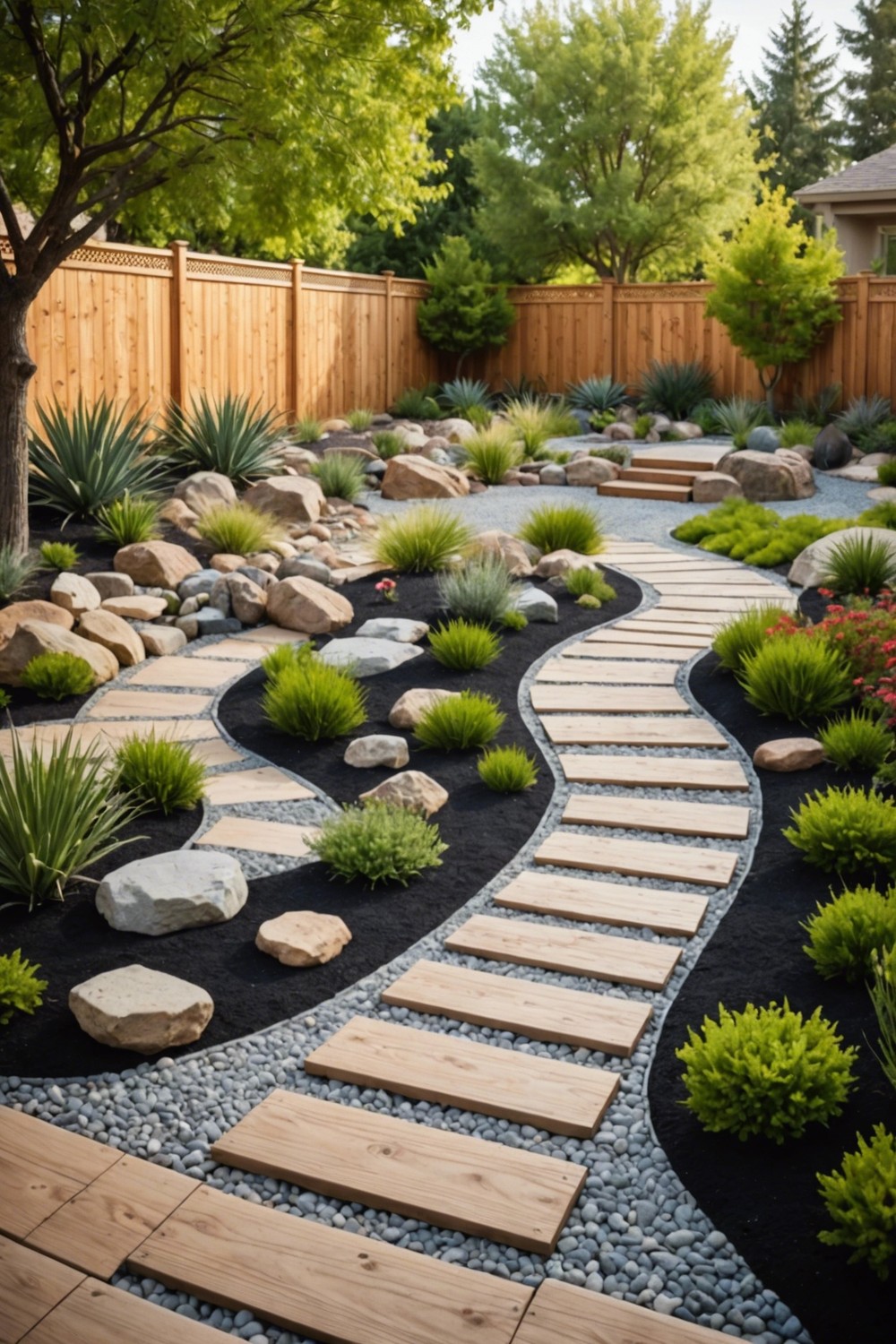
Mulch and rock gardens not only conserve water but also add a touch of elegance to your outdoor space.
By using organic mulch like wood chips or bark, you can retain moisture in the soil, suppress weeds, and regulate soil temperature.
Alternatively, rock gardens featuring drought-tolerant plants and decorative stones require minimal watering, making them an ideal choice for dry gardens.
Gravel Pathways
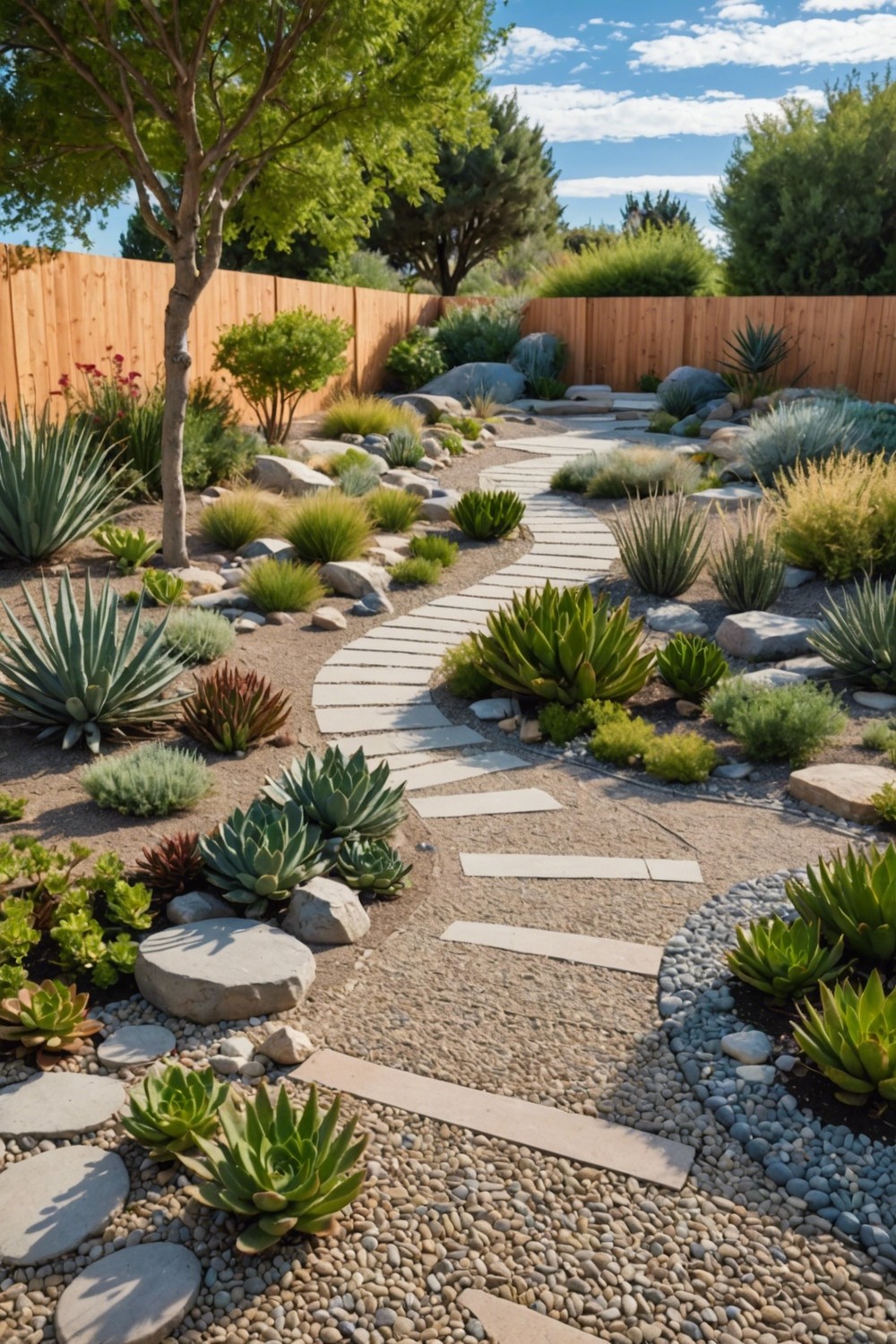
Gravel pathways are a fantastic option for dry gardens as they allow water to percolate through to the soil, reducing runoff and preventing erosion. Plus, they’re low maintenance and can withstand heavy foot traffic.
As an added bonus, gravel pathways also help to suppress weeds, reducing the need for herbicides and other chemicals.
Overall, gravel pathways are a beautiful, functional, and environmentally friendly choice for your dry garden.
Xeriscaping Principles
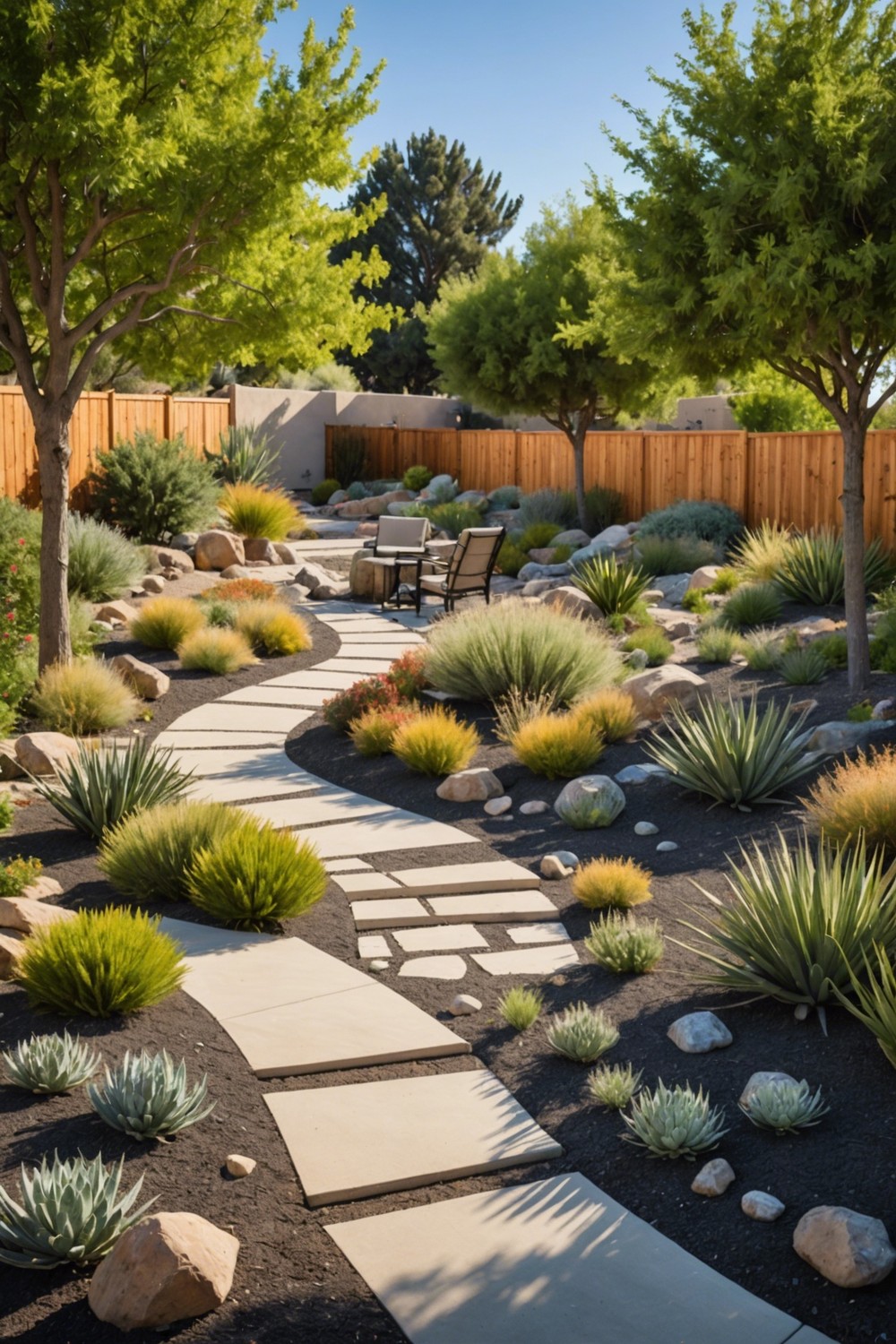
Xeriscaping Principles In xeriscaping, the goal is to create a beautiful yet water-efficient landscape.
To achieve this, there are seven core principles to follow.
First, plan and design your garden carefully, taking into account the local climate and soil type.
Next, use drought-tolerant plants that require minimal watering.
Soil improvements, such as adding organic matter, are also essential.
Limit turf areas and use mulch to reduce evaporation.
Finally, irrigate efficiently and maintain your garden regularly to ensure optimal water conservation.
Cacti and Yucca Plants
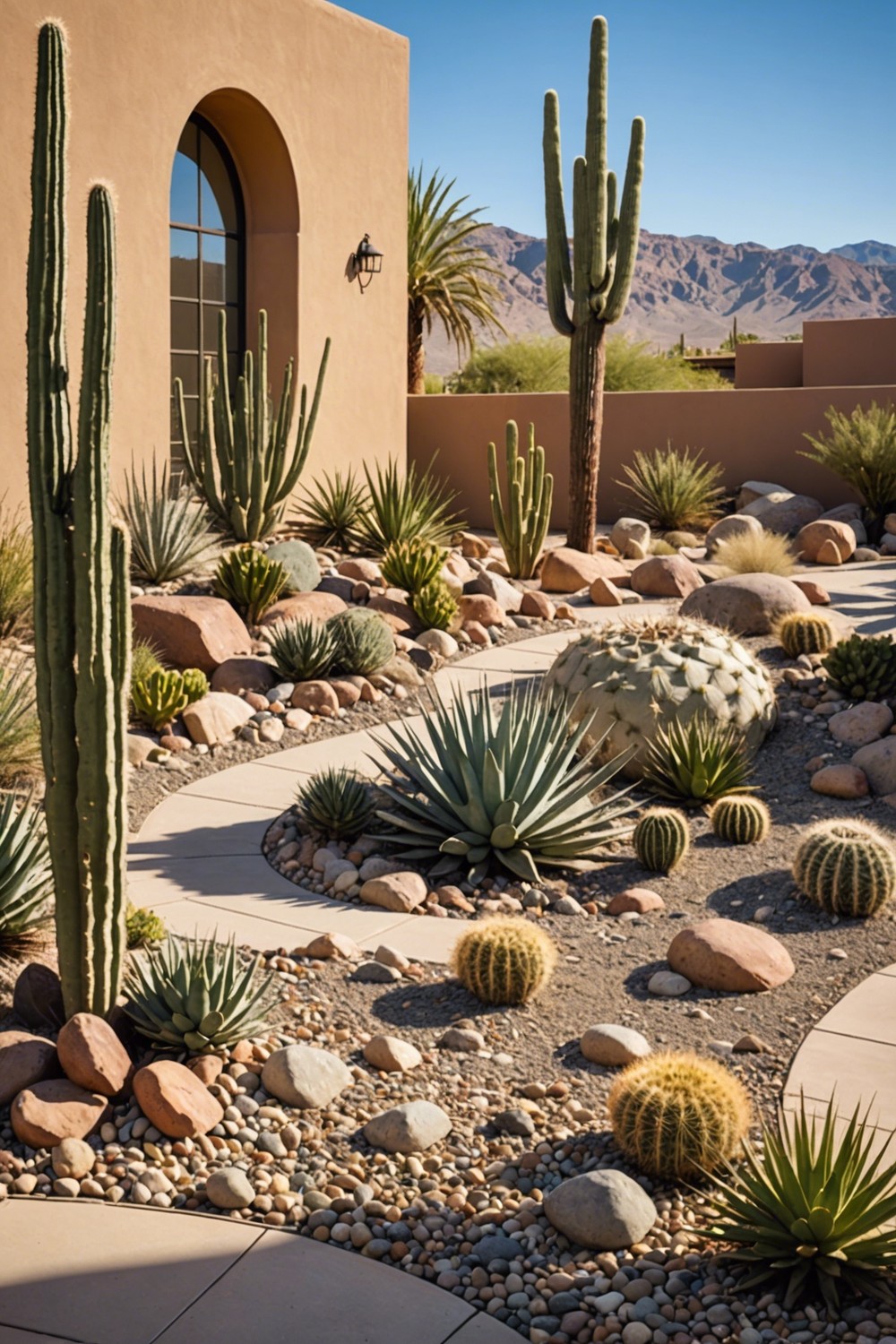
Cacti and Yucca plants are excellent choices for a dry garden, requiring minimal watering and care. These low-maintenance plants store water in their leaves, stems, or roots, making them perfect for dry climates.
They come in a variety of shapes, sizes, and species, offering a unique and stylish touch to your garden.
Plus, they’re highly resistant to pests and diseases, ensuring your garden remains healthy and thriving.
Driftwood Decor
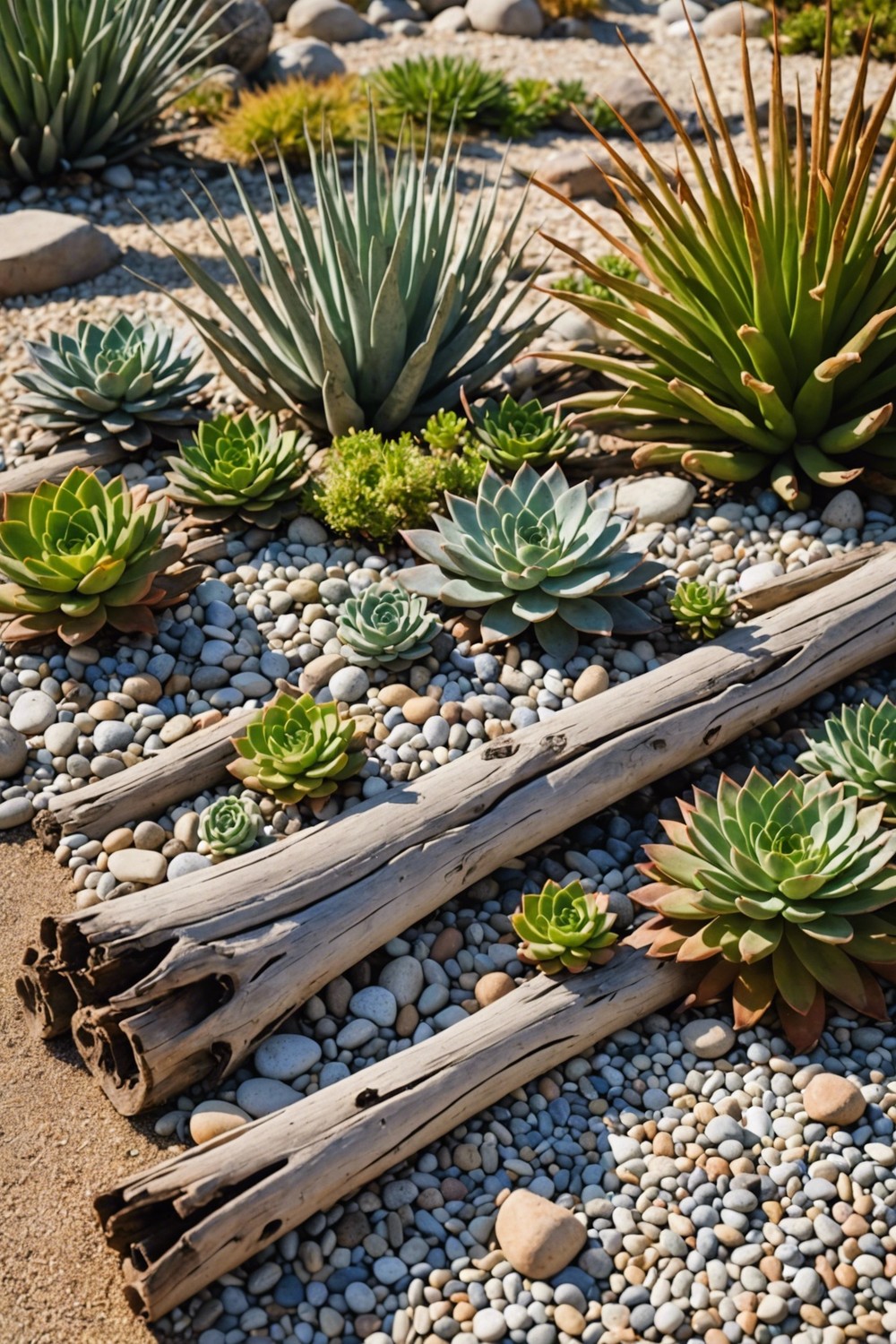
Driftwood decor is a unique way to add a touch of the beach to your dry garden. Collect interestingly shaped driftwood pieces and arrange them in a decorative pattern or use them to create a striking centerpiece.
You can also use driftwood to create a natural-looking fence or boundary for your dry garden.
This rustic decor will add a beautiful, organic feel to your outdoor space.
Boulders and Large Rocks
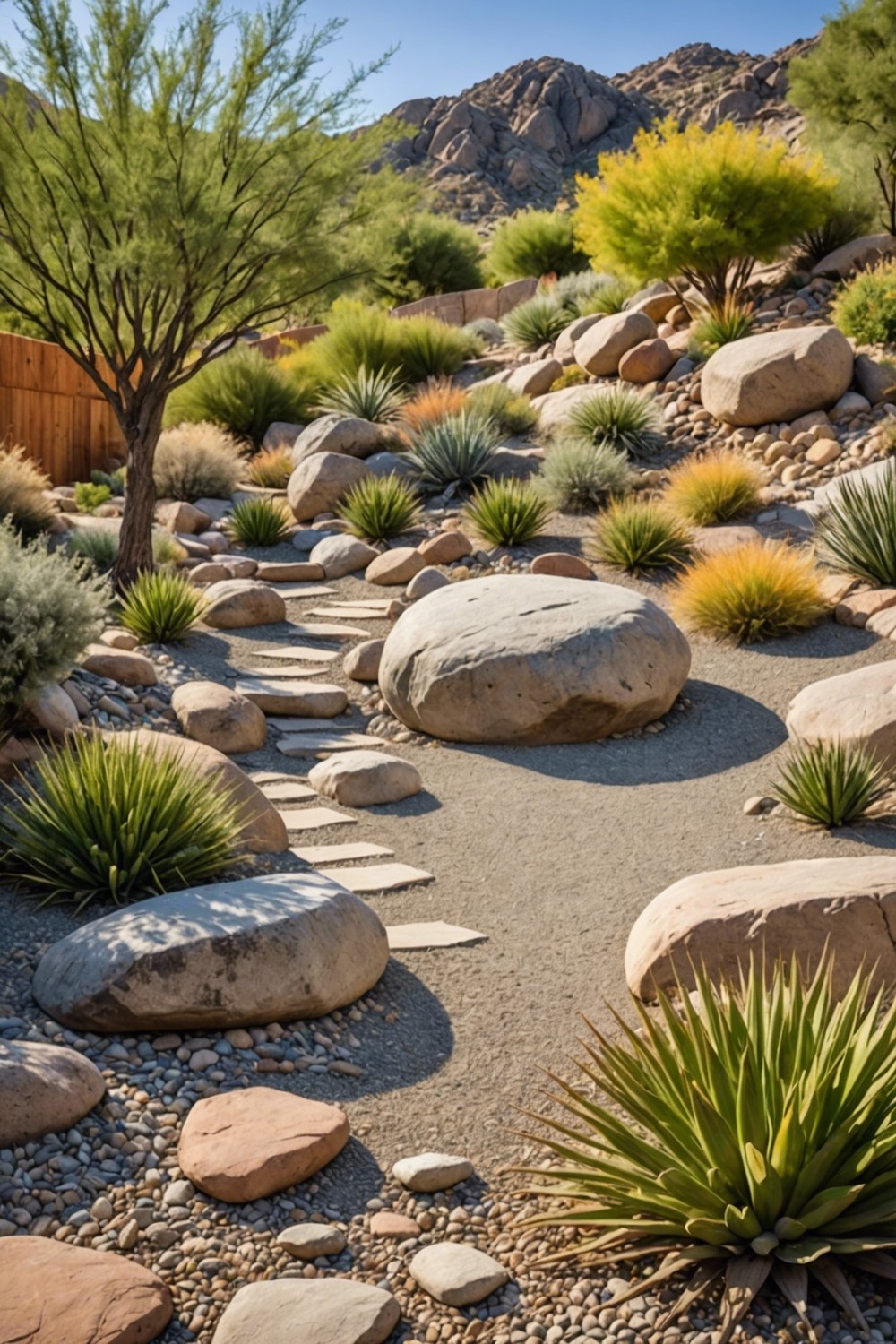
Boulders and large rocks can greatly enhance the aesthetic appeal of your dry garden. Strategically placing them throughout your landscape can create visual interest and add texture.
They can also help to create a natural, effortless look by filling in gaps between plants.
Additionally, boulders and large rocks can aid in water conservation by reducing the amount of soil that needs to be watered.
Low-Water Ground Covers
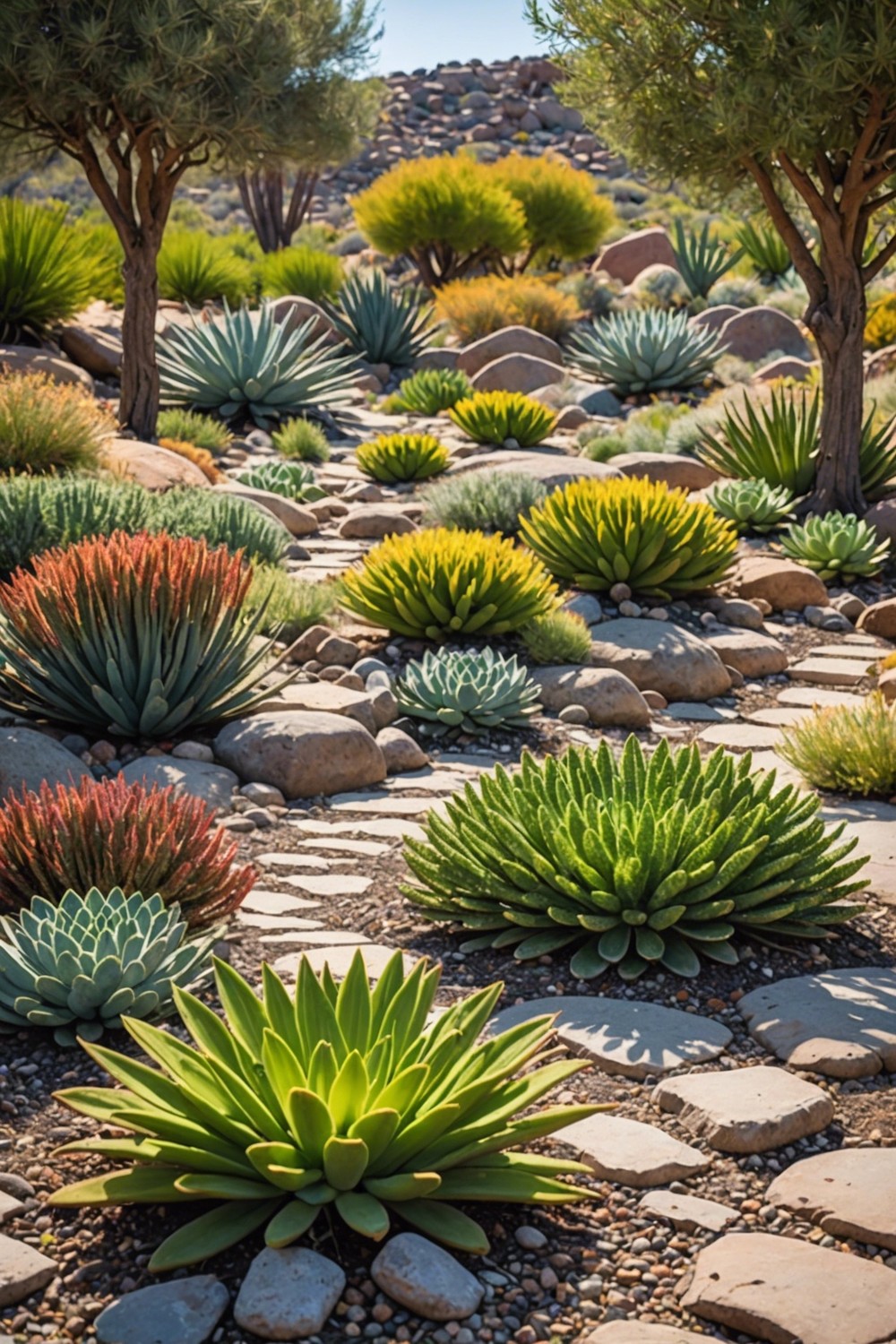
Low-water ground covers are an excellent choice for a dry garden, as they require minimal watering and maintenance.
They also help to suppress weeds, reduce soil erosion, and create a beautiful, lush appearance.
Some popular low-water ground covers include creeping thyme, sedum, and succulent plants like aloe and agave.
These plants are highly adaptable and can thrive in poor soil, making them perfect for areas with low rainfall.
Decomposed Granite Patios
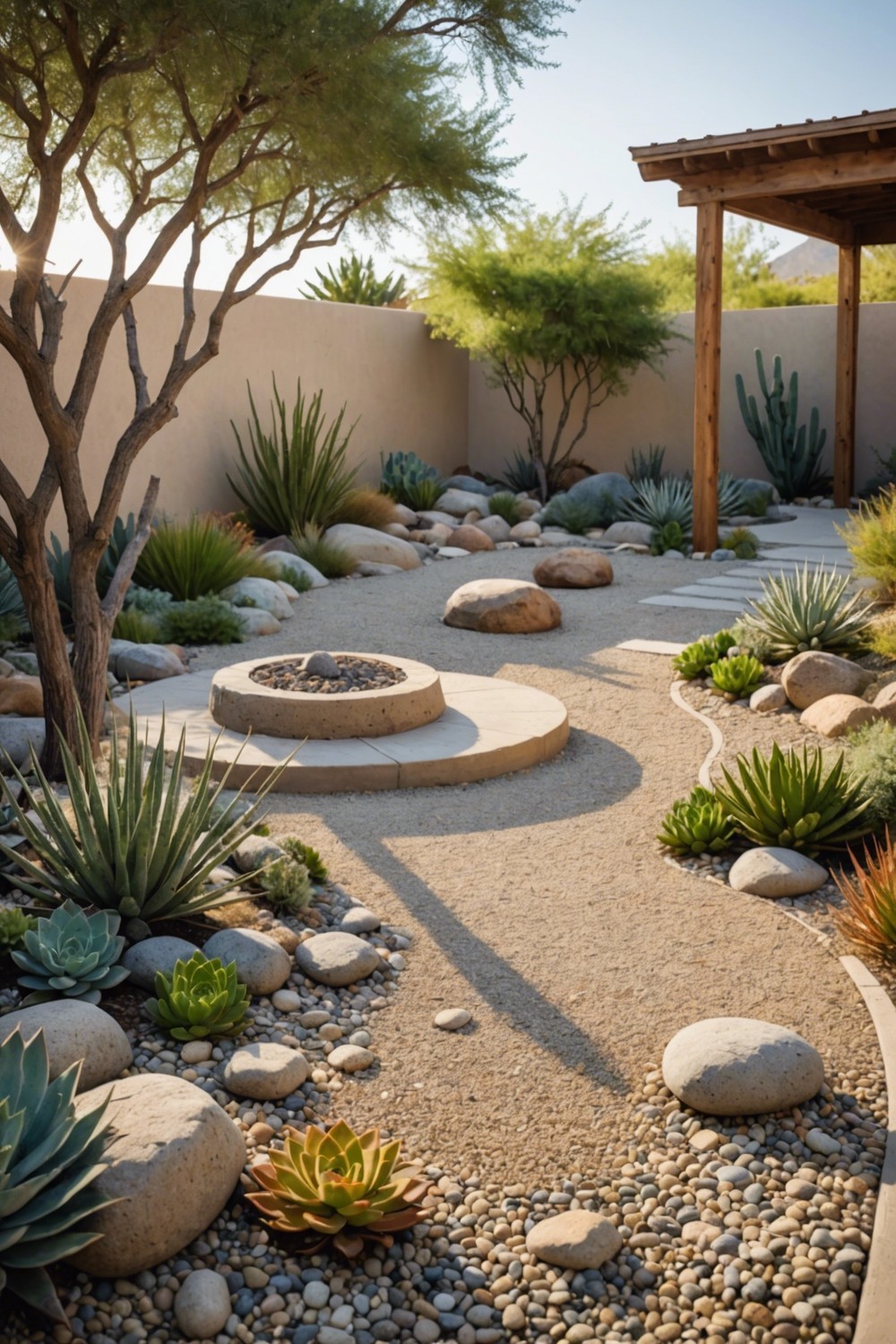
Decomposed granite patios are a water-wise and aesthetically pleasing option for dry gardens.
This type of patio is made from finely textured granite that has been weathered into small particles.
It allows water to percolate through, reducing runoff and preventing erosion.
Additionally, decomposed granite patios are durable, require minimal maintenance, and can be easily raked to maintain an attractive appearance.
Fire Pit and Outdoor Fireplace
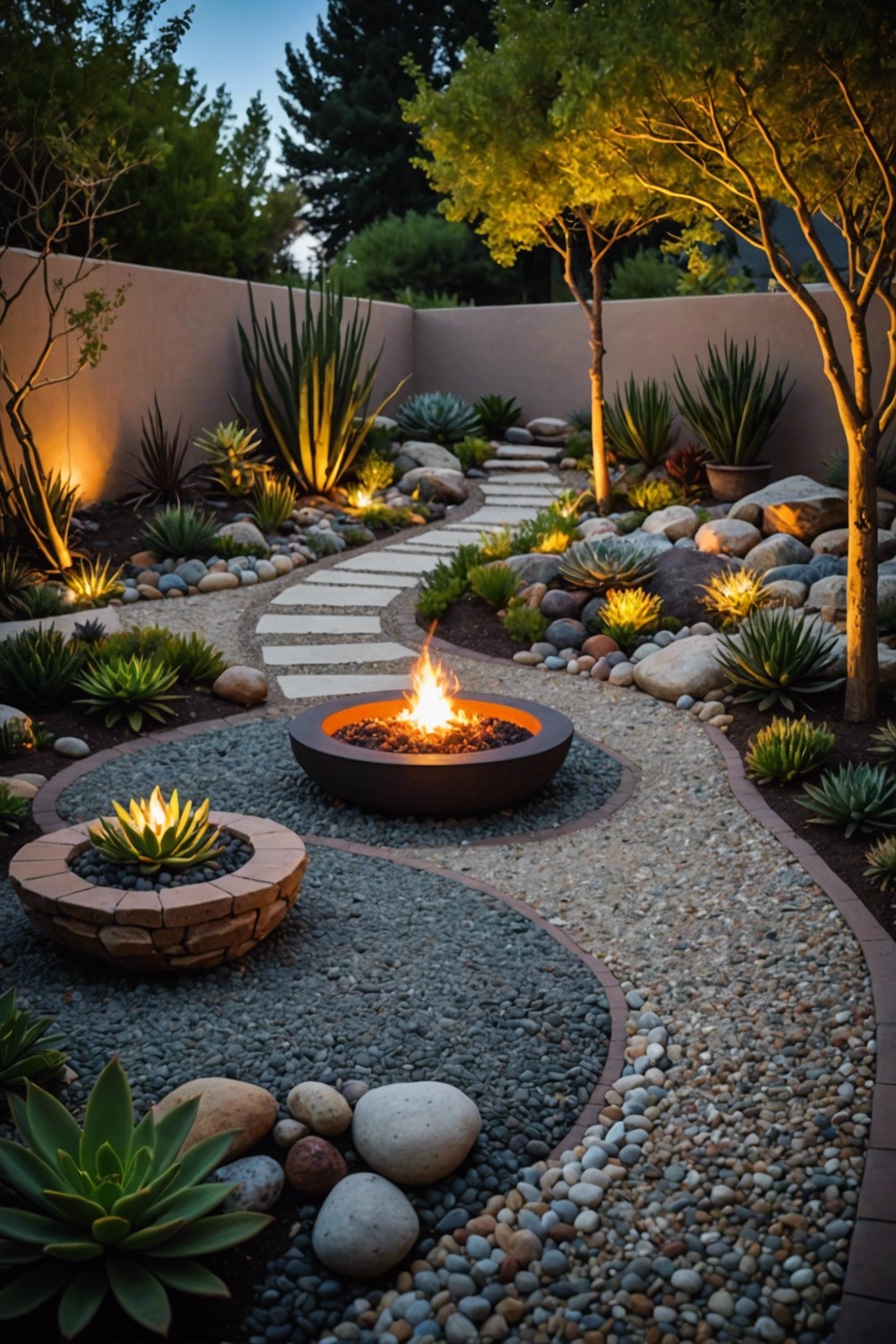
A fire pit or outdoor fireplace can be a fantastic addition to your dry garden, providing a cozy gathering spot for friends and family.
Not only do they create ambiance, but they also extend the outdoor living season, making your garden a year-round destination.
Plus, the flickering flames can add a warm, inviting glow to your water-conserving landscape.
Focal Point Features
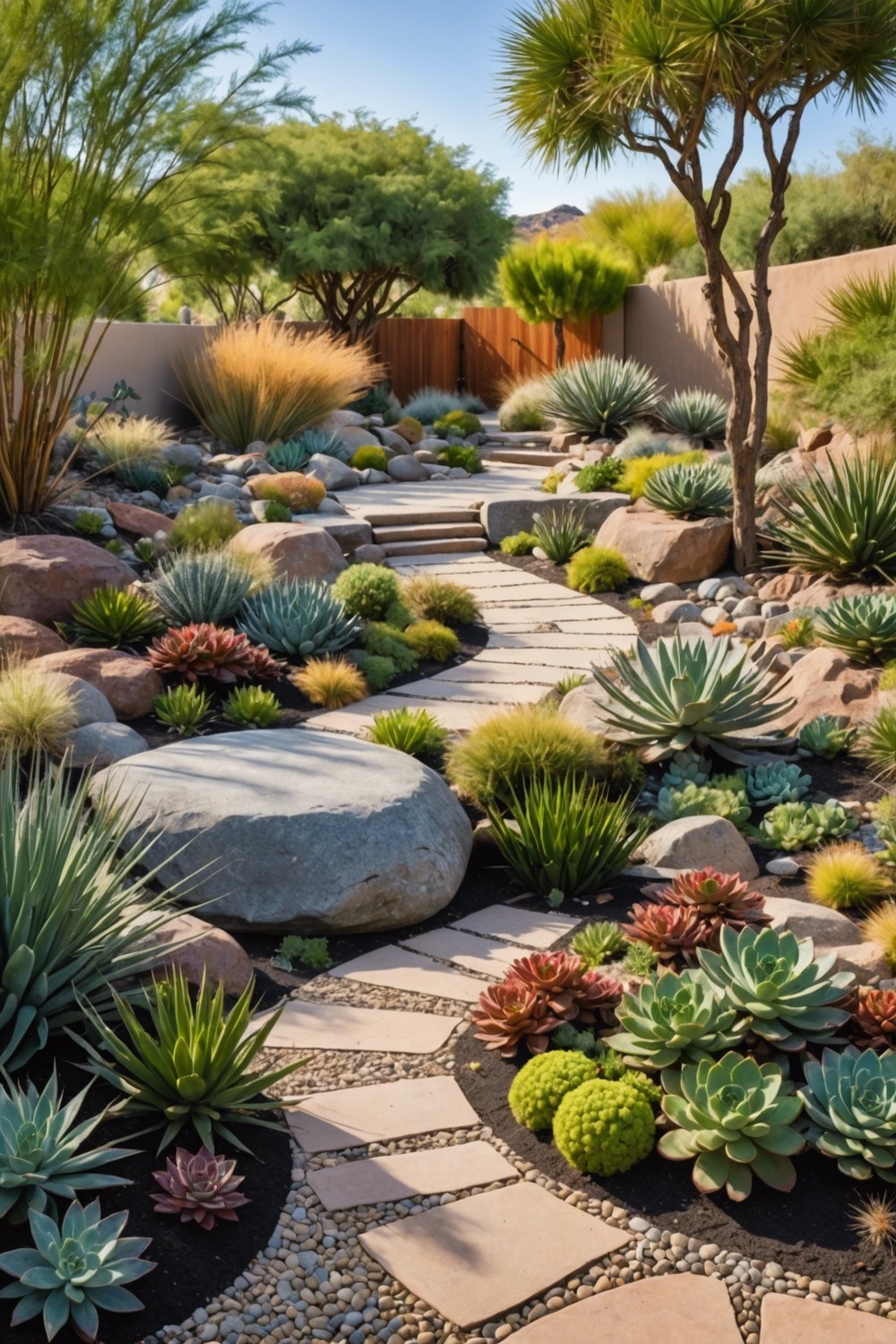
Focal point features are the visual anchors that draw attention to specific areas of your dry garden. These statement pieces can be striking rock formations, show-stopping succulents, or vibrant ornamental grasses.
By incorporating focal points, you create visual interest and invite the eye to wander through the garden, creating a sense of depth and exploration.
Wildflower Gardens
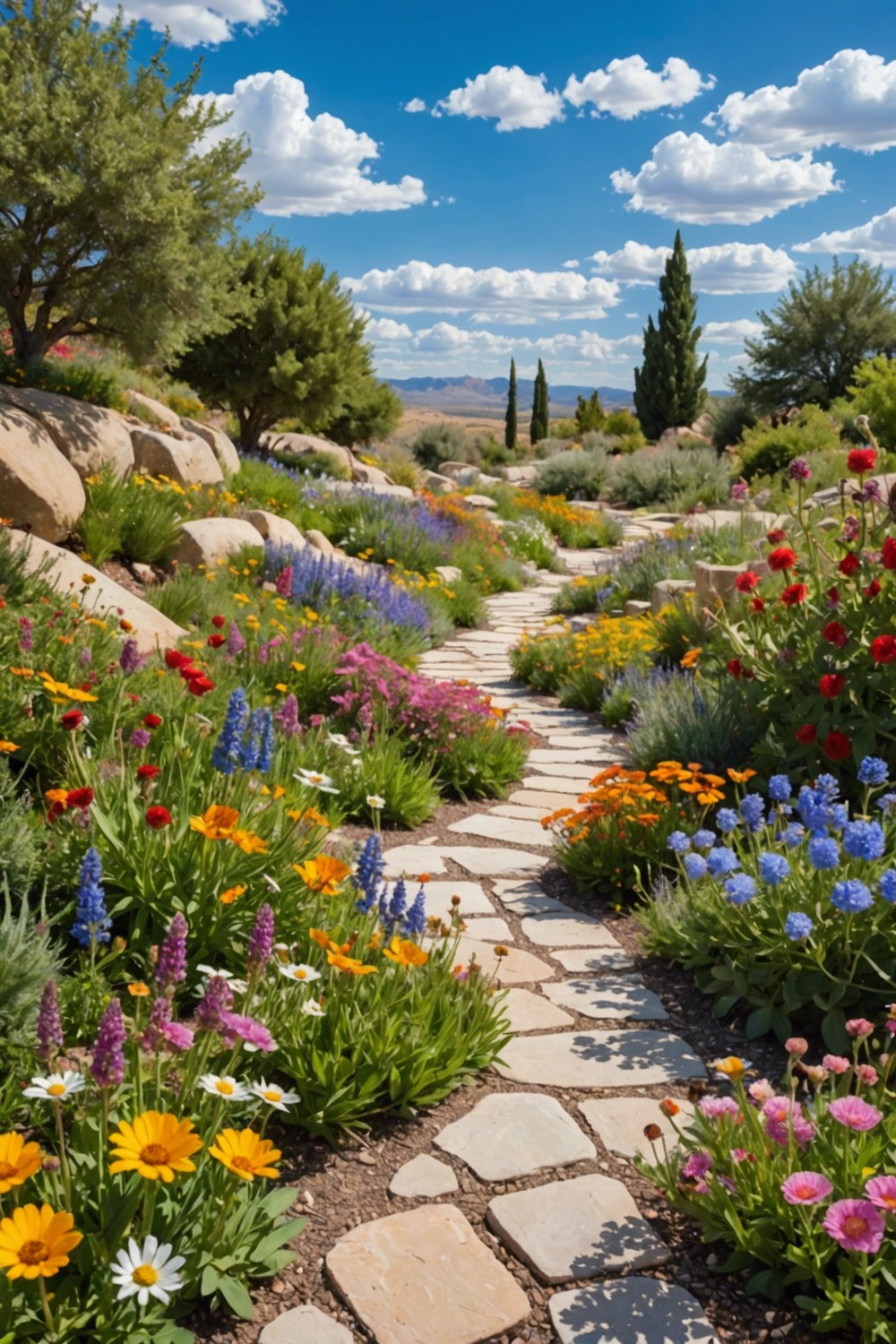
Wildflower gardens are a beautiful and low-maintenance option for dry gardens. They require minimal watering and care, and their vibrant colors and delicate petals will attract pollinators and add charm to your outdoor space.
Plus, they’re often drought-tolerant, making them a perfect fit for water-conscious gardeners.
By choosing native wildflowers, you’ll also support local ecosystems and preserve biodiversity.
Rockrose and Lavender Plants
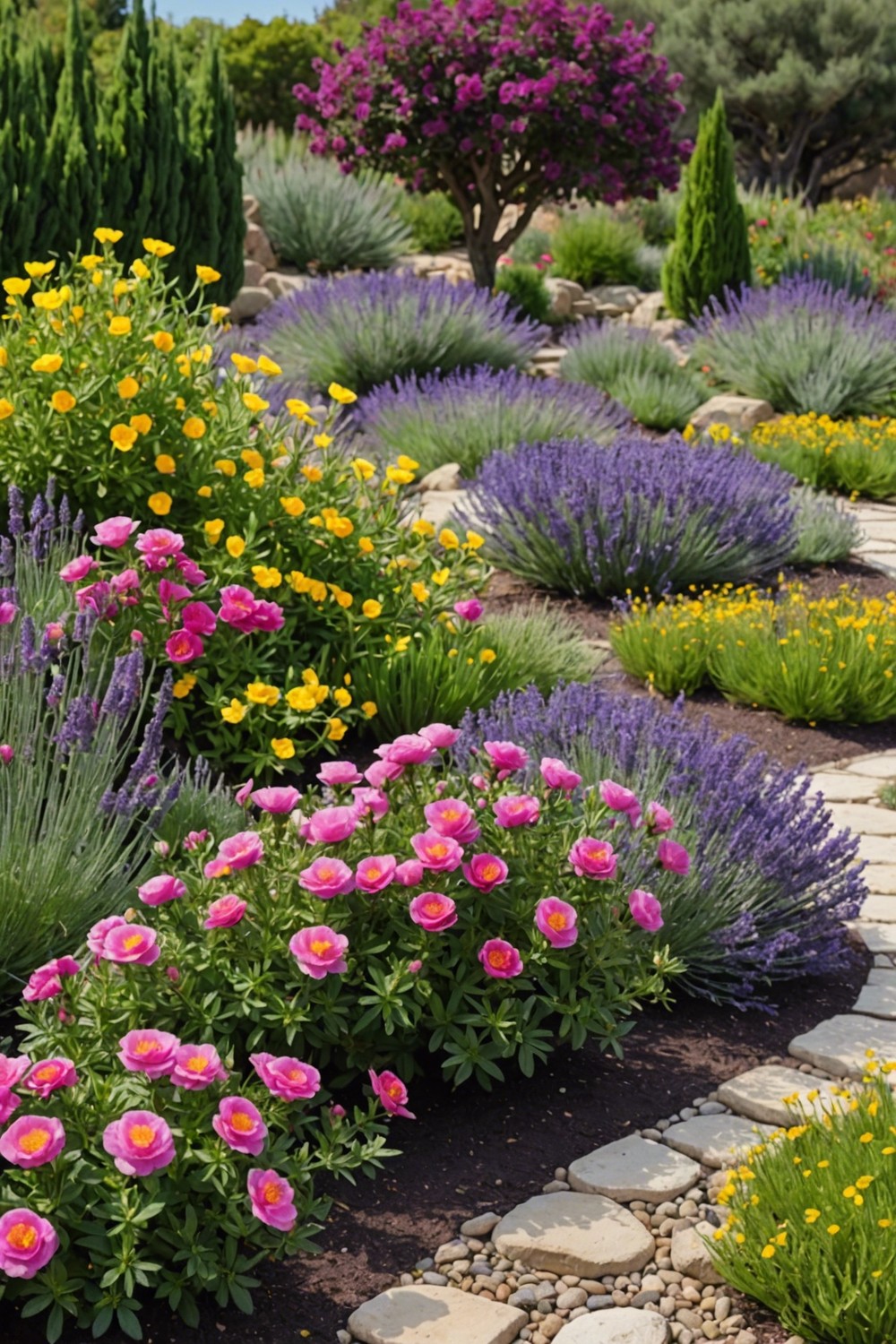
Rockrose and lavender plants are ideal additions to a dry garden, thriving in well-draining soil and full sun.
These drought-tolerant plants require minimal watering, making them perfect for water-conscious gardeners.
Rockrose shrubs boast vibrant pink, yellow, or white flowers, while lavender’s purple blooms attract pollinators and add a calming scent to the air.
Ornamental Grasses
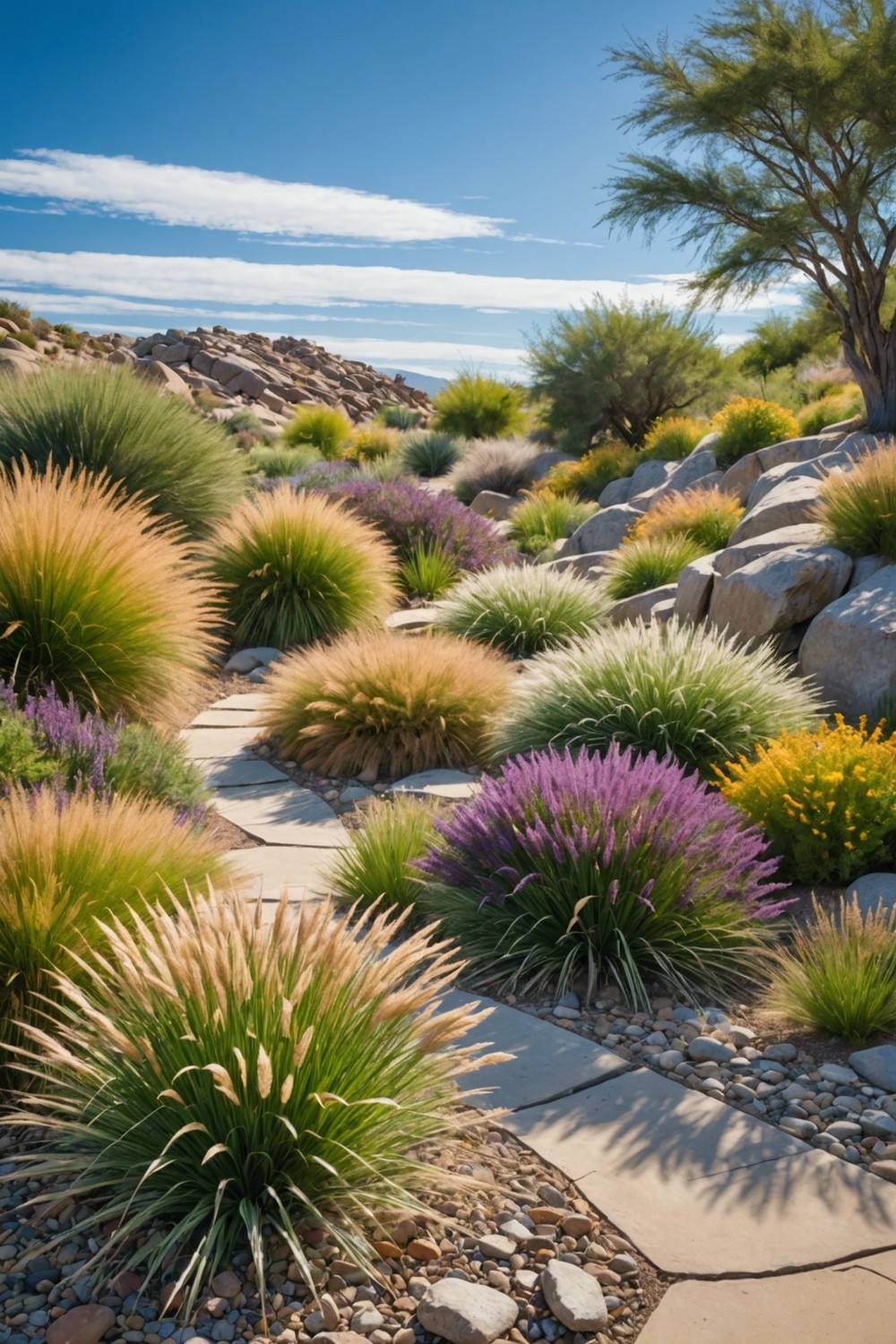
Ornamental grasses are a great addition to a drought-tolerant garden. They’re incredibly low maintenance, requiring minimal watering and care.
With their striking foliage and feathery plumes, they add texture, movement, and visual interest to your garden.
Plus, they’re deer-resistant and attract pollinators, making them a win-win for your water-conscious garden.
Garden Benches and Seating
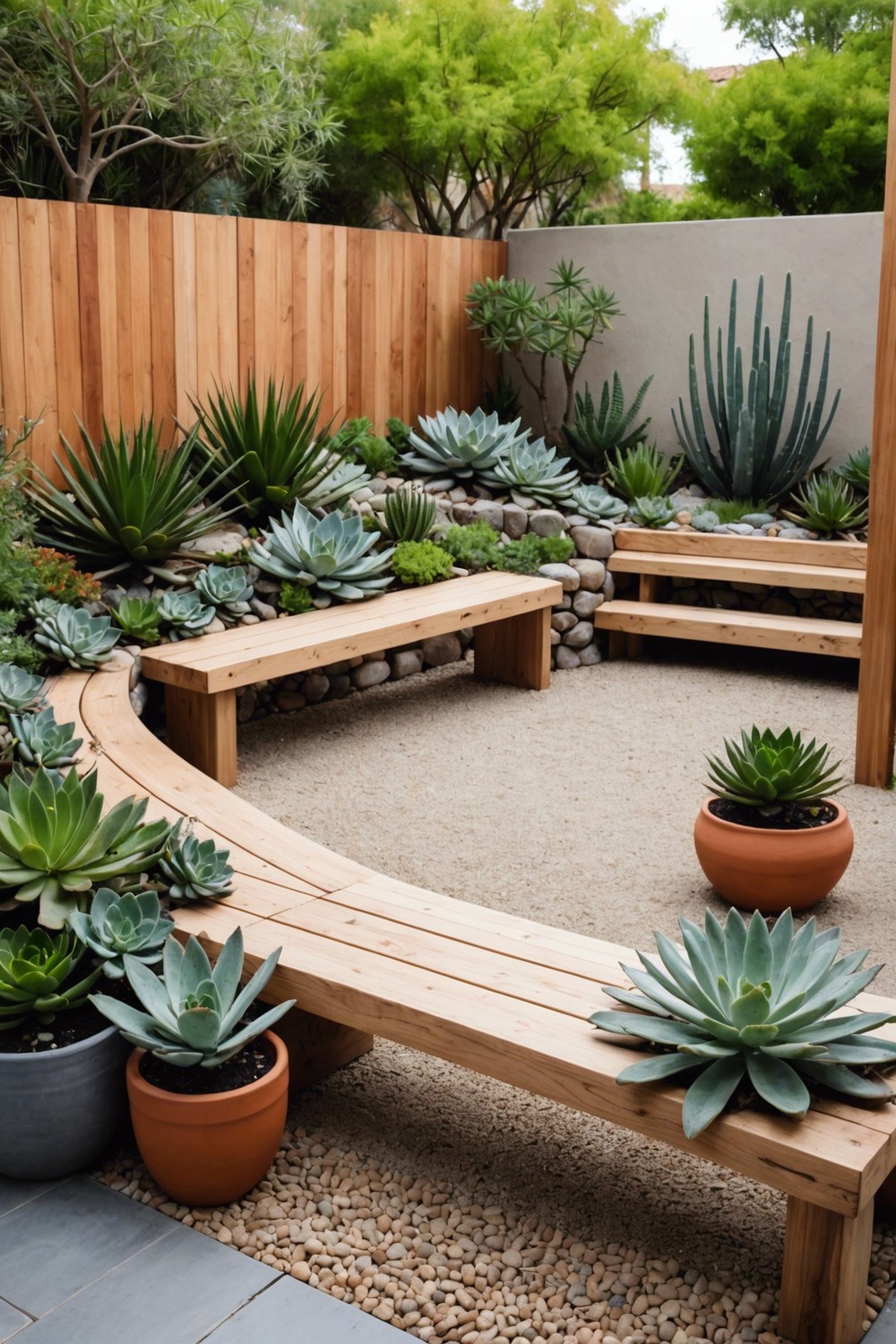
Incorporating garden benches and seating into your dry garden design not only provides a comfortable spot to relax, but also creates a visual break in the landscape. Opt for benches made from recycled materials or sustainable wood sources to maintain an eco-friendly vibe.
Consider built-in seating areas, like a stone wall with a recessed bench, to conserve space and create a sense of cohesion in the garden.
Bird-Friendly Plants
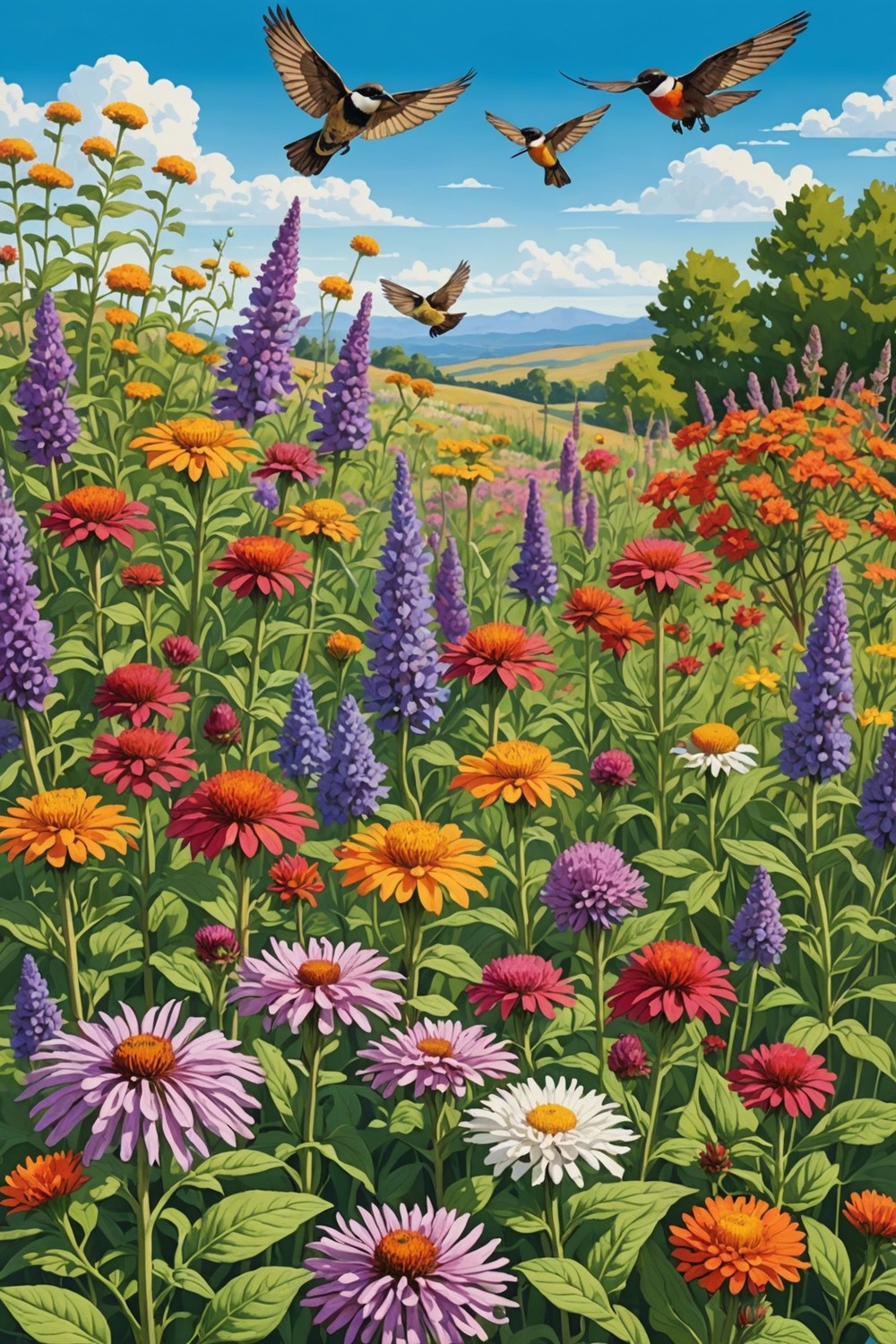
Bird-friendly plants are a great addition to your drought-tolerant garden.
By incorporating plants that provide nectar, seeds, or berries, you’ll attract a variety of bird species to your outdoor space.
Consider plants like Salvias, Bee Balm, and Lantana, which are not only low-maintenance but also rich in nutrients for your feathered friends.
Additionally, native plants like California Buckwheat and Purple Coneflower are perfect for providing shelter and habitat for birds.
Weathered Wood Features
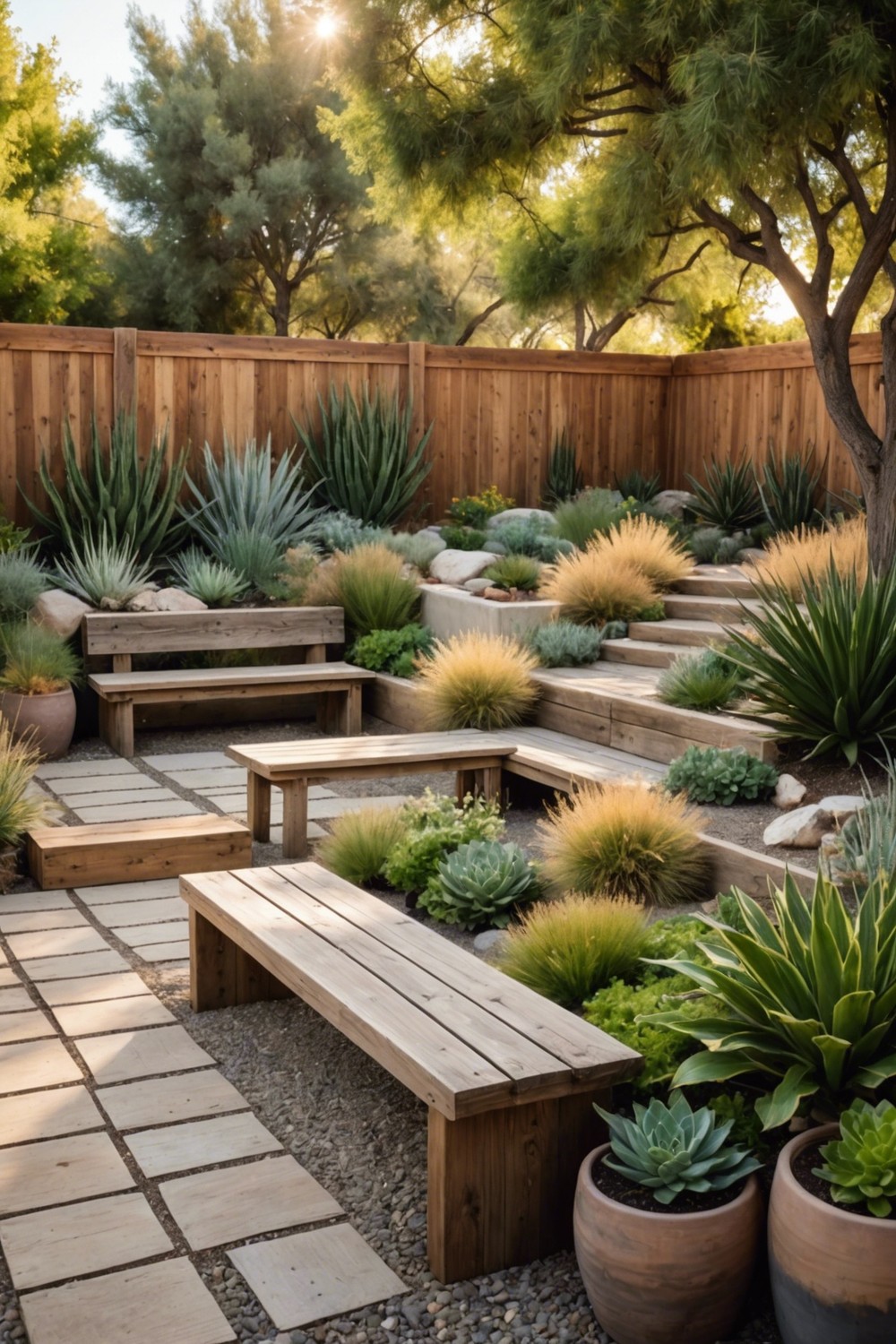
One of the most striking features of a dry garden is the use of weathered wood features, which add a natural, rustic charm to the landscape. Weathered wood benches, planters, and fences blend seamlessly into the surrounding landscape, creating a sense of harmony between the natural and built environments.
As the wood ages, it develops a beautiful patina, adding character and depth to the garden.
Desert Willows and Palo Verde Trees
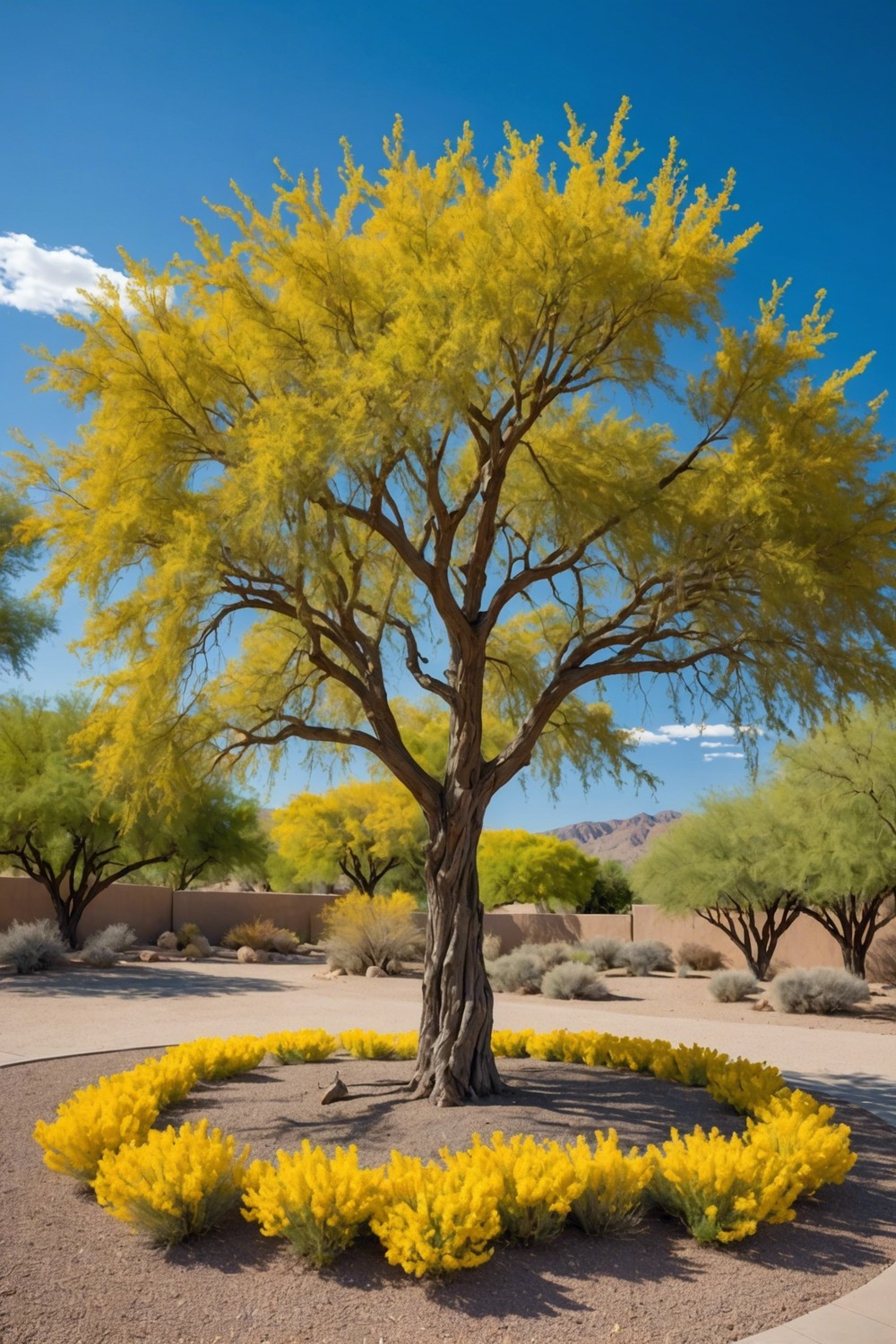
Desert Willows and Palo Verde Trees are stunning, drought-tolerant options for your dry garden.
These native Southwestern trees thrive in arid conditions, requiring minimal watering and care.
Desert Willows produce showy, trumpet-shaped flowers in the spring, while Palo Verde Trees sport vibrant yellow blossoms.
Both species provide shade and beauty, making them perfect additions to your water-conscious landscape.
Gravel and Pebble Accents
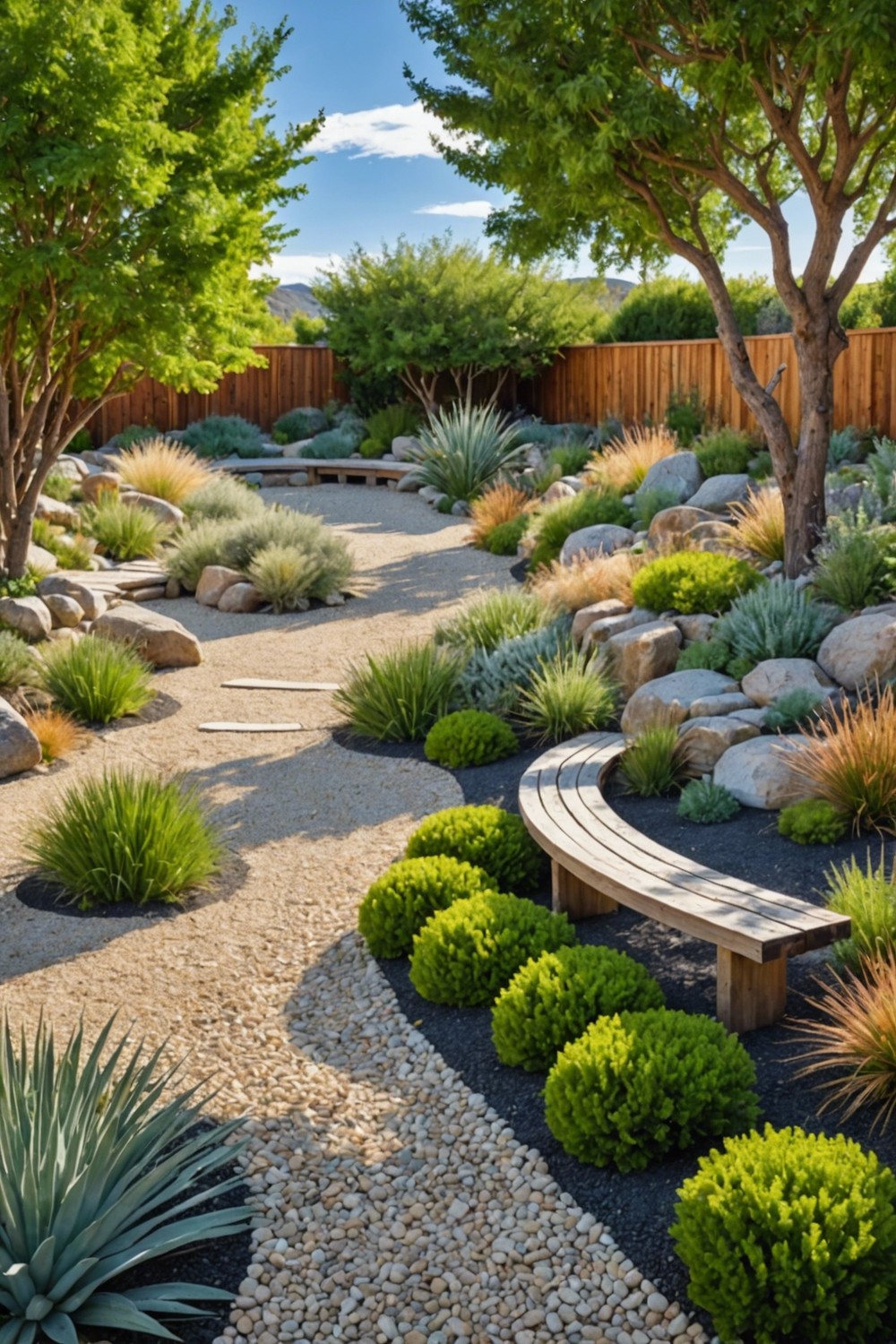
Gravel and pebble accents add a beautiful, rustic touch to your dry garden.
They’re also effective at suppressing weeds and retaining moisture in the soil.
You can use them to create meandering pathways or as a decorative ground cover.
Plus, they come in a variety of colors and textures, allowing you to customize the look of your garden.
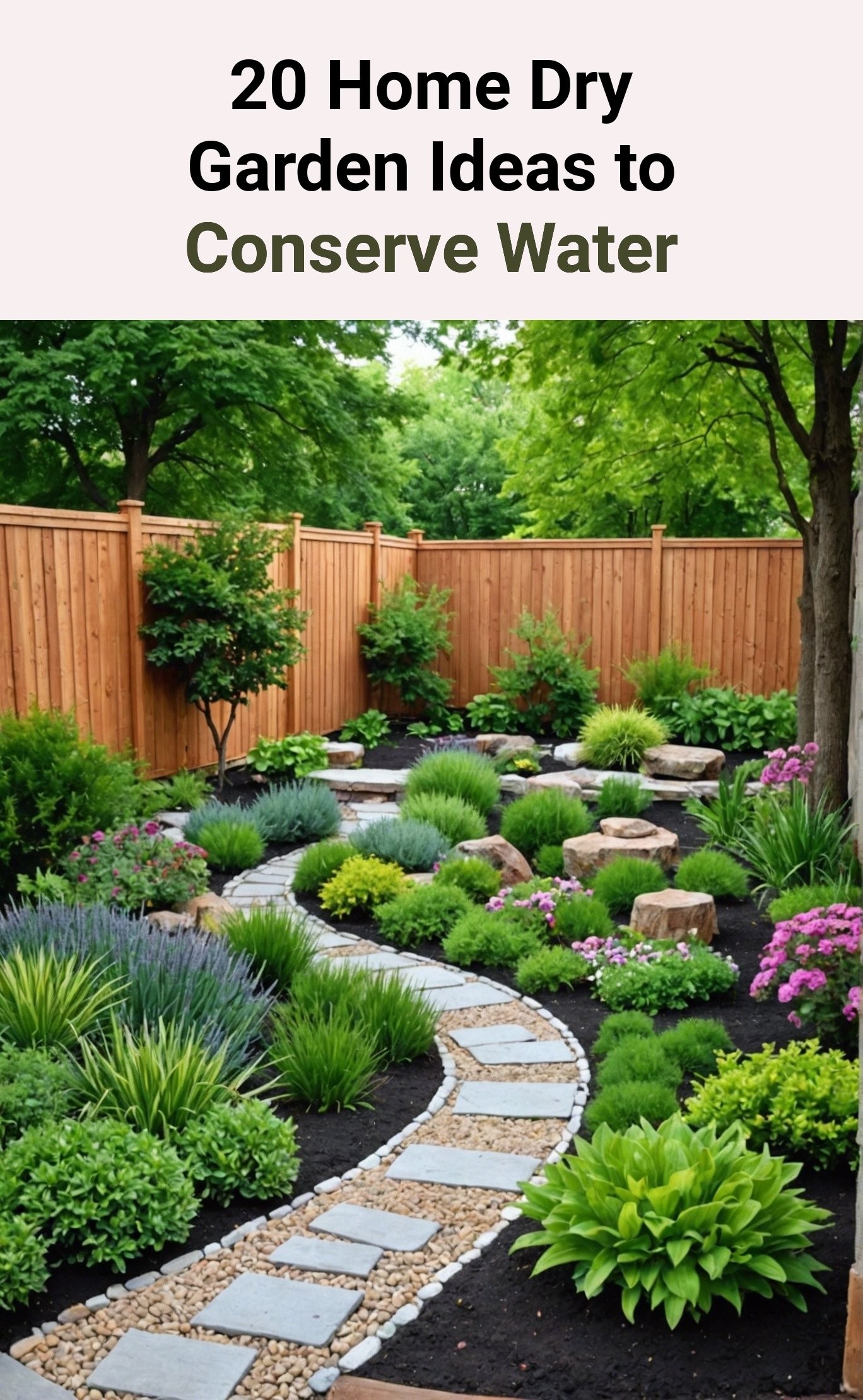
Last update on 2025-07-06 / Affiliate links / Images from Amazon Product Advertising API




